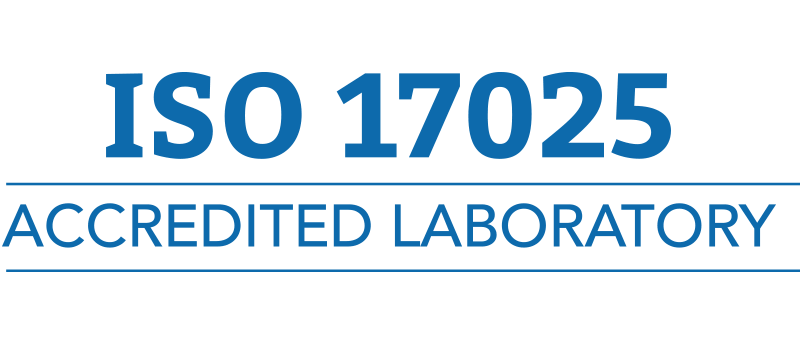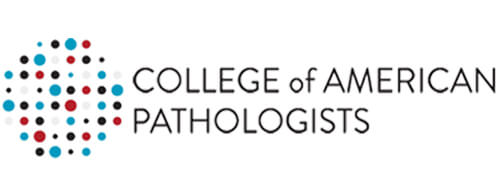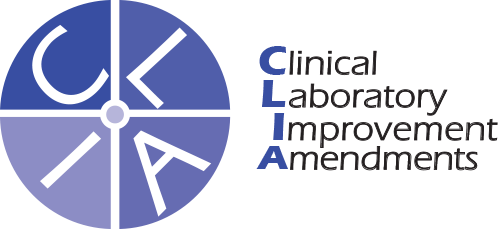Our Accreditations




Human immunodeficiency virus (HIV) is a blood-borne virus that spreads through contact or transfer of blood, semen, pre-ejaculate, and vaginal fluids. This 4th generation at-home STD test is the most advanced test to accurately detect an HIV infection.
STDs tested:
![]() HIV1 and HIV2 antibodies
HIV1 and HIV2 antibodies
![]() p24 antigen
p24 antigen
$69.00 Original price was: $69.00.$49.00Current price is: $49.00.
Human immunodeficiency virus (HIV) is a sexually transmitted disease, which is transmitted by contact or transfer of blood, semen, pre-ejaculate, and vaginal fluids. HIV can also be transmitted from an infected mother to her infant during pregnancy, childbirth, or through breastmilk.
HIV infects immune system cells, and in the absence of effective treatment, eventually leads to a loss of cell-mediated immunity, and the development of acquired immunodeficiency syndrome (AIDS).
Although HIV is not curable, antiretroviral therapy (ART) is a very effective treatment to prevent the transmission of HIV and the progression to AIDS. Post-exposure prophylaxis (PEP) is also available as an emergency medication to reduce the risk of HIV infection.
If you suspect that you have been exposed to HIV, be aware that there is a “window period” of 18-45 days when HIV antigens and antibodies are not detectable. Individuals who have been potentially exposed to HIV should be tested immediately (although likely negative within the first two weeks), and then tested again at six weeks, three months, and six months.
Many individuals are unaware that they have HIV in the first few months, as they do not display any symptoms, or only experience mild symptoms (e.g. headache, sore throat, fatigue). As the viral load increases, other symptoms usually appear. Individuals in the acute stage are highly contagious.
Swollen lymph nodes
Weight loss
High fever
Diarrhea
Muscle aches
The second stage of HIV infection is known as clinical latency (or chronic HIV infection). The virus is still multiplying during this stage, but only at very low levels, and many individuals do not show any symptoms. However, without HIV treatment, individuals in this stage can still transmit HIV.
HIV targets cells of the immune system reducing the ability to fight other infections and eventually progressing to acquired immunodeficiency syndrome (AIDS) in untreated individuals.
Extreme fatigue
Pneumonia
Depression
Memory loss
Skin discoloration
Rapid weight loss
Increased susceptibility to other infections
• HIV p24 antigen
Antigens are foreign molecules that initiate an immune response. The HIV p24 antigen is a viral core protein from HIV. It is usually detected in the blood of infected individuals within 2-3 weeks of exposure, providing a useful assay for diagnosing HIV within a short time frame after exposure. As the body mounts an immune response against HIV, antibodies to the p24 antigen are produced, which means the p24 antigen becomes undetectable 40-45 days after exposure. This means that the detection of HIV p24 antigen alone is not reliable after the very early stages of infection. However, the 4th generation HIV test offered here detects both the p24 antigen and antibodies to HIV-1 and HIV-2.
• HIV-1 and HIV-2 antibodies
When an individual is infected with HIV, their immune system produces antibodies that are specific to HIV. These antibodies are generally not detected in the blood until 23-90 days after exposure, but then remain detectable for life (for IgG antibodies). HIV tests that only detect antibodies (e.g. rapid HIV tests) have a long “window period” post-exposure (as long as three months) when an individual can be infected and able to transmit HIV, yet still tests negative for HIV. This 4th generation HIV test detects both HIV antibodies as well as the earlier detectable HIV p24 antigen to reduce this “window period” to just 18-45 days post-exposure.
Choose the test that matches your need from our large array of tests. The kit will be delivered to your doorstep. There is no need to leave the comfort of your home.
Register and activate your test. Collect your sample. Return your sample to our lab as soon as possible, using the prepaid envelope included in the kit.
Your sample will be tested as soon as it arrives in our lab. Your results will be available through our secure online platform.
Here are the answers to the most frequently asked questions about this test. Please feel free to contact us if you have any other questions.
Our lab uses a fully automated antigen/antibody combination test to detect the presence of the HIV p24 antigen and antibodies to HIV-1 and HIV-2 in the finger prick blood sample. The p24 antigen is usually detected within 2-3 weeks post-exposure, while HIV antibodies are generally detected 4-6 weeks post-exposure.
Contact a health professional for follow-up testing for confirmation of a positive result from this HIV Test.
There is no cure for HIV. However, antiretroviral therapy (ART) is a very effective treatment to minimize viral load preventing the progression of HIV disease and preventing the transmission of HIV to sexual partners and newborn infants. ART is a life-long daily treatment that must be strictly followed to ensure the viral load remains below detectable levels. If the treatment is discontinued, HIV will continue to replicate increasing the risk of HIV transmission and the disease can progress to AIDS.
Methods are also available to reduce the risk of contracting HIV. Pre-exposure prophylaxis (PrEP) is a daily medication that individuals at high risk of HIV (e.g. partner of an HIV-positive person) can take to minimize their risk of HIV infection. There are currently two FDA approved PrEP medications that reduce the risk of contracting HIV via sex by up to 90%.
Post-exposure prophylaxis (PEP) is an emergency medication that must be started within 72 hours of exposure. PEP is a short course of medication that reduces the risk of infection but should not be used to replace other HIV and STD prevention methods.
HIV infections are usually diagnosed by the detection of HIV antigens and antibodies in a blood sample. The HIV p24 antigen is a structural component of the viral particle and can usually be detected around 2-3 weeks after infection before declining to undetectable levels. HIV antibodies are produced by an infected individual in response to the viral infection. They are usually not detectable until 4-6 weeks after exposure, but then generally remain detectable.
HIV is a major global public health issue. There are an estimated 1.2 million individuals living with HIV in the United States, and an estimated 38 million individuals worldwide. Specific populations who are at increased risk of HIV are men who have sex with men, injecting drug users, individuals in correctional facilities, sex workers (and their clients), and transgender individuals.
HIV is a major global public health issue. There are an estimated 1.2 million individuals living with HIV in the United States, and an estimated 38 million individuals worldwide. Specific populations who are at increased risk of HIV are men who have sex with men, injecting drug users, individuals in correctional facilities, sex workers (and their clients), and transgender individuals.
Once you have finished your sample collection, place the collection kit box into the prepaid plastic USPS envelope included with the kit, then mail your samples to the laboratory via your mailbox or a local USPS drop box. If you wish to monitor the status of your shipment, remember to record the tracking number on the shipping label. You can track the status of your shipment using your tracking number on the USPS website.
No. You can send the kits back to the laboratory using any shipping method of your choosing. Please be advised that if you do not use the included prepaid return mailer to ship your samples, it is your responsibility to ensure that your samples arrive at the laboratory. We will not be able to provide assistance for shipments that do not use our prepaid return mailer.



